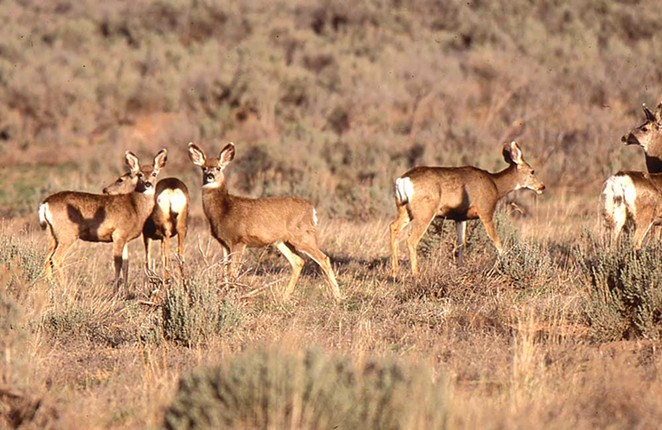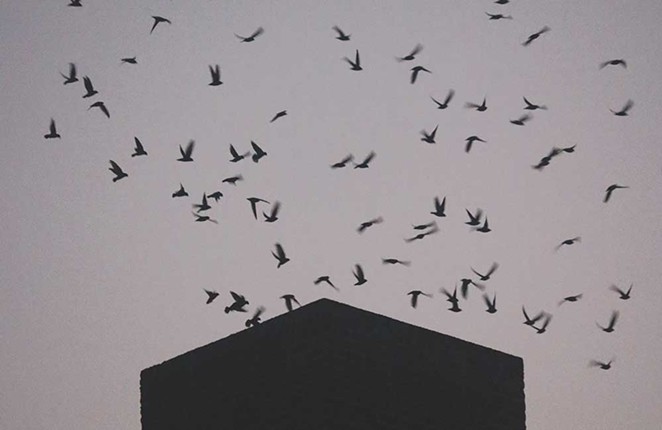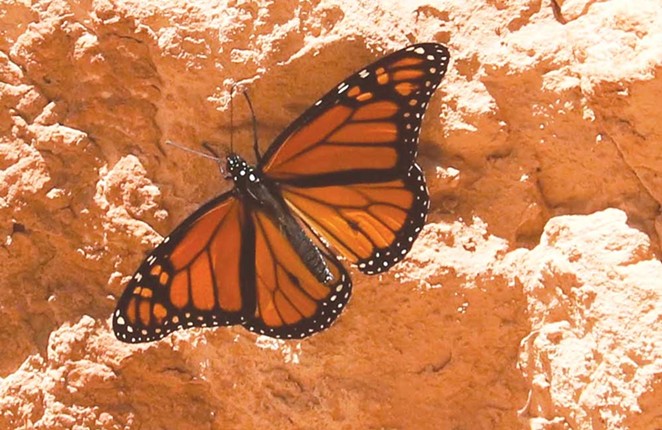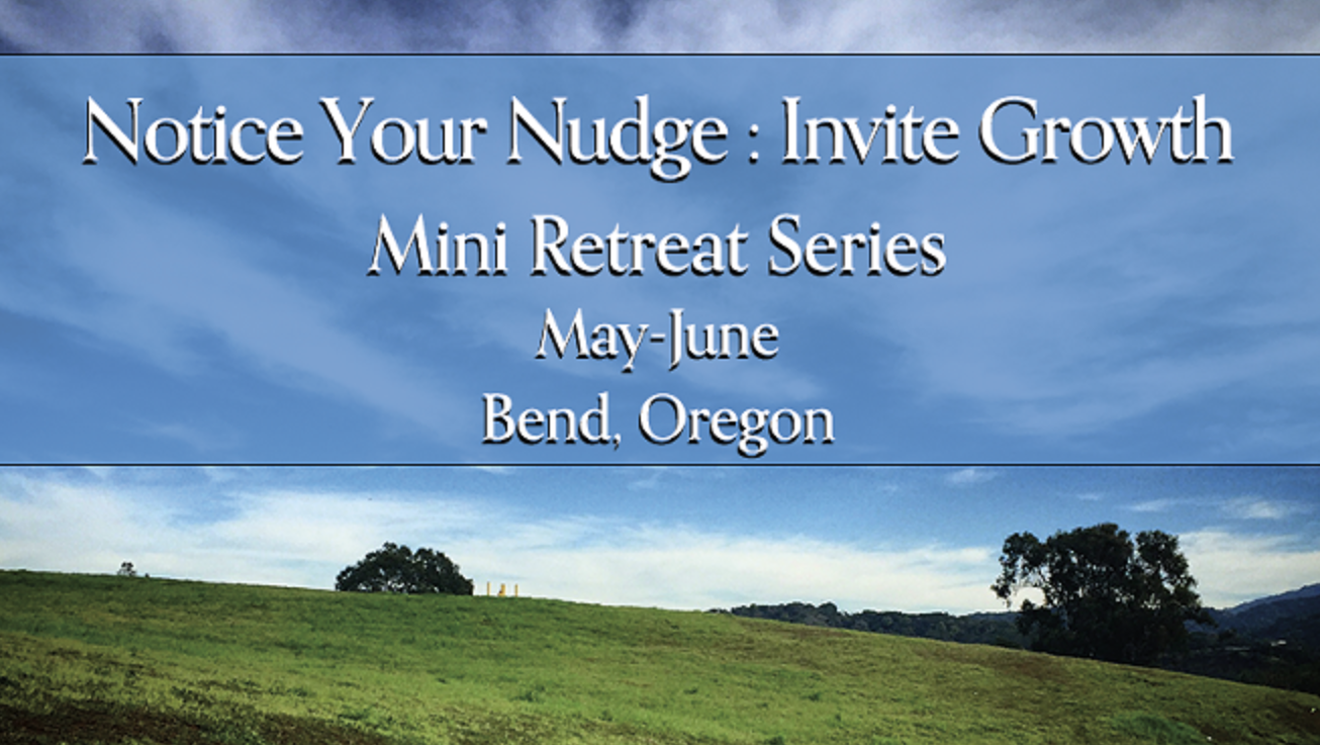Wildlife migration is an excellent opportunity to witness the movement of birds, animals, and even insects through Central Oregon.
"For birds, migration is triggered primarily by a change in hormones, which results in both physiological and behavioral changes," said Chuck Gates, Prineville Bird Club president. "In many cases, these hormone changes, brought about primarily by the change in day length, can result in the production of fresh feathers for migration or an irresistible drive to move in a particular direction such as north to south." Fall migration also means taking advantage of food resources that would be unavailable in winter.
"It's important to remember that migrations almost always have two directions; there's usually a 'to' and a 'from,'" added Gates. "Birds may migrate to the Arctic, but they also return from the Arctic. The return journey is prompted, typically, by changes in environmental conditions such as temperature, loss of food source or length of day."
Birds, butterflies, mule deer — here are a few examples of wildlife currently migrating through Central Oregon.
Mule Deer
Mule deer, elk, and pronghorn are excellent examples of migrating mammals moving from summer range to winter range. Though their journey is shorter than that of many migrating birds, it is still fraught with danger. "The mule deer migration in Central Oregon used to be a really special annual event," said Jon Nelson, High Desert Museum's curator of wildlife. "Many locals including myself had an annual tradition of taking the family on a drive through the winter range to see large numbers of mule deer moving through the habitat. Fifteen years ago, it would not have been unusual to see 150-200 deer on an afternoon drive east of town. The last time I took that drive in 2022, we counted about six deer."
Nelson sites habitat fragmentation by development, increased traffic on roads such as Highway 97 that the deer need to cross, poaching and outdoor recreation as threats to survival of these deer. The Deschutes County Commissioners voted in June (2-1) to withdraw an updated wildlife inventory that focused on impacts to migrating and wintering mule deer, and would make zoning more compatible with wildlife.
Vaux's Swifts
Vaux's swifts are small aerial specialists that fly continually, feeding on prey until they are ready to roost for the night. Currently, hundreds of these birds utilize the brick-lined chimney atop the Boys and Girls Club building in downtown Bend. Mary Ann Kruse, who, along with Bob Johnson, volunteer their time for Swift Watch nightly counting the number of birds descending into the chimney. The volunteers recommend showing up at least 20 minutes before sunset, earlier on chilly nights, to view the birds from the northside parking lot. "After a dozen years of counting, so much about swifts remains unknowable," said Johnson. "There they are in the sky, as plain as day. A wondrously presented example of the rhythms of nature, and yet so much of the mystery remains."
The swifts have been found from Canada and Alaska, south to Central America and Venezuela. Historically, the birds roosted in hollowed-out old growth trees, but reduction of these trees has prompted the birds to utilize brick-and-mortar chimneys so the birds can cling to the mortar. Preservation of these chimneys, along with old-growth trees, is critical for this bird's survival as a migratory stopover.
American White Pelicans
American white pelicans seem like an oddity in Central Oregon; however, these birds nest on inland lakes and playas. In late summer, these birds gather and begin their migration southward into the southern U.S. and Mexico. Large gatherings of these gangly-looking birds are currently hanging out at some Cascade lakes and Wickiup Reservoir is a great spot to view these massive birds.
The National Audubon Society developed an interact tool called Bird Migration Explorer which enables users to explore where and when bird species migrate based upon contributions from scientists and institutions across North America, as well as conservation challenges.
Monarch Butterflies
Monarchs are the poster child for insect migration because they are charismatic and have been studied quite a bit. Summer hatched larvae that emerge as adults may survive from 2-5 weeks while fall-hatched butterflies have the specific duty to migrate to southern climes where they overwinter.
"During fall western monarch migration, folks may see them nectaring on late-season blooms like rabbitbrush and goldenrod or soaring over river corridors, like the Deschutes River or Whychus Creek," said Amanda Egertson, Deschutes Land Trust's stewardship director. "We've spotted them in past years flying through the Deschutes Land Trust's Camp Polk Meadow and Whychus Canyon Preserves, so those are good spots to try to catch a glimpse of one." Check the Pollinator Pathway Bend Facebook page or iNaturalist websites for recent postings of these elusive yet charming butterflies.

























